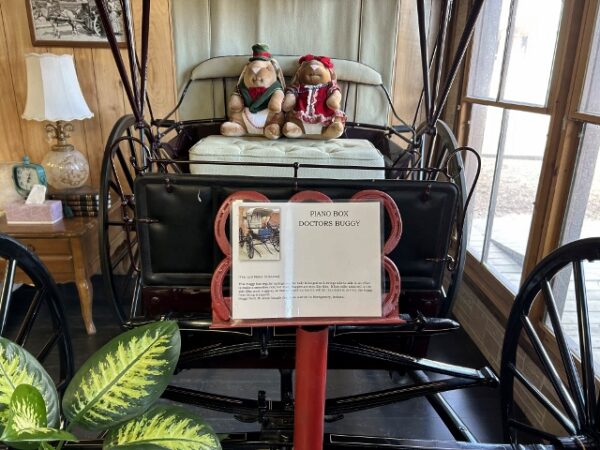
I love unique and quirky. You’ll get both at the Buggy Barn Museum in Blanco.
Buggy Barn Founder
Located in the heart of Texas Hill Country, the museum and Pine Moore Old West Town are the brainchild of Dennis Moore, Blanco resident and trucking company owner. Moore began collecting buggies over a dozen years ago, at first renting them for proms and weddings. Bit by the buggy bug, his collection has swelled to over 270 of the horse-drawn conveyances. According to Moore, he has the second largest collection of buggies in the United States, and the largest collection open to the public.
Buggy Barn Museum
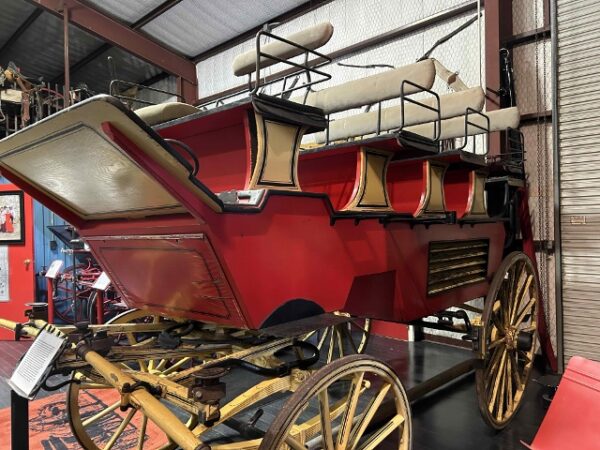
It’s an incredible assemblage. There’s an elegant Czechoslovakian funeral carriage and dozens of Studebakers. Who knew Studebaker made wagons before cars? After the Civil War, Studebaker was the largest producer of horse-drawn vehicles in the world. The museum has dozens of these Studebaker originals. It’s a bit overwhelming with buggies and wagons everywhere. Placards provide the carriage’s pedigree: when built, by whom, and for what purpose. Some have a famous lineage, having appeared in such films as Abraham Lincoln, Vampire Hunter. From the practical buckboard wagon to the opulent coach, you see it all at the Buggy Barn Museum.
Pine Moore Old West Town
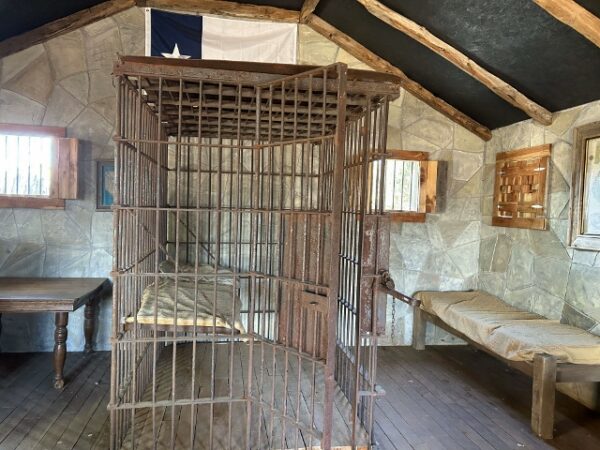
The Buggy Barn Museum, while impressive, is only a fraction of what you’ll find here. There is an entire Old West town. Well, not old, but a new, Old West town set. Pine Moore has been used for filming movies and music videos. You can rent the town for functions or use the church for your wedding. It’s really amazing. Pine Moore has a Texas Rangers building complete with jail cell, a saloon, and even a dentist/barber building.
Prop Master’s Dream
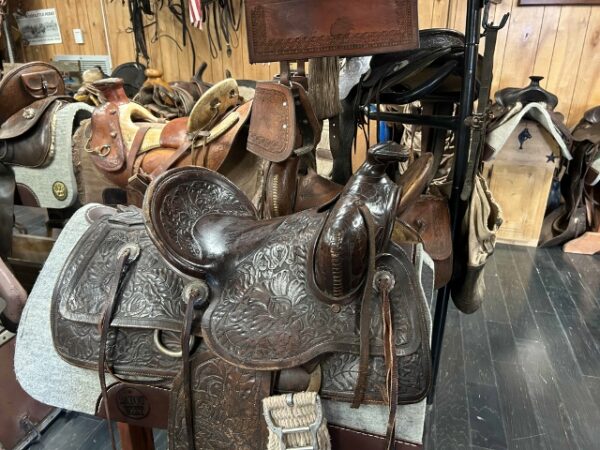
Pine Moore buildings are chocked full of vintage furniture and western gear. There are hundreds of saddles, wood stoves, butter churns, and ice boxes. The Buggy Barn Museum is one-stop shopping for anyone staging an American West production. All, including the buggies and wagons, are available for rent. For me, it was fascinating to go through the buildings and see all the everyday fixtures of frontier life.
The Buggy Barn Museum is not the typical museum. The massive collection is organized, but not like a standard museum. There are not exhibits, in the classic sense. But there is an amazing collection of western gear, carriages, wagons, and homestead furnishings.
When You Go
Buggy Barn Museum (1915 Main Street) is open Monday through Saturday. Admission is charged. There isn’t a café associated with the museum, but downtown Blanco is just a mile away. The Redbud Café (410 Fourth Street) is an excellent place for lunch. It’s open 10 am to 3 pm, later on Friday and Saturday.
Fun Fact: What is the difference between a buggy and a wagon? Buggy is normally a light two- or four-wheeled carriage, whereas a wagon is a heavy transport vehicle.

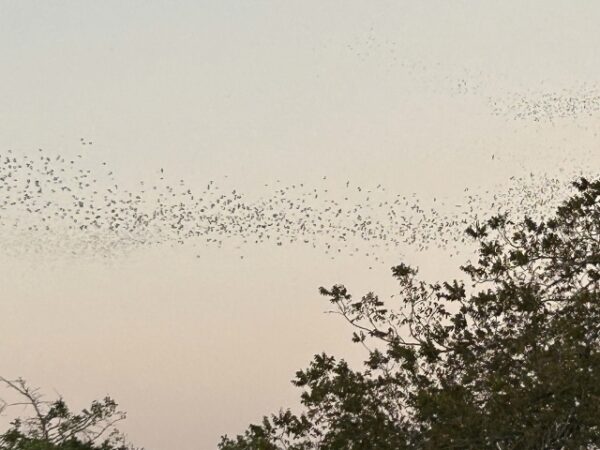
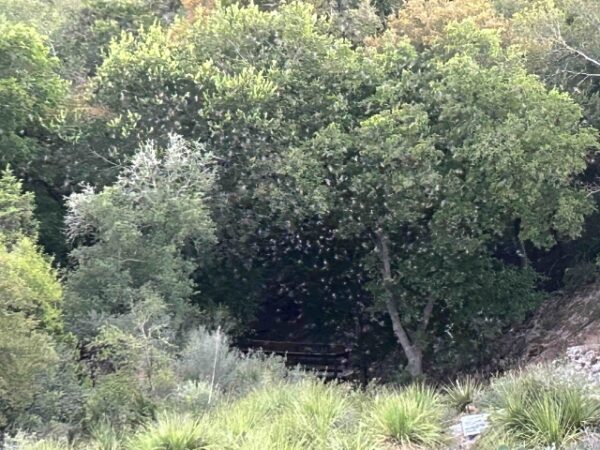

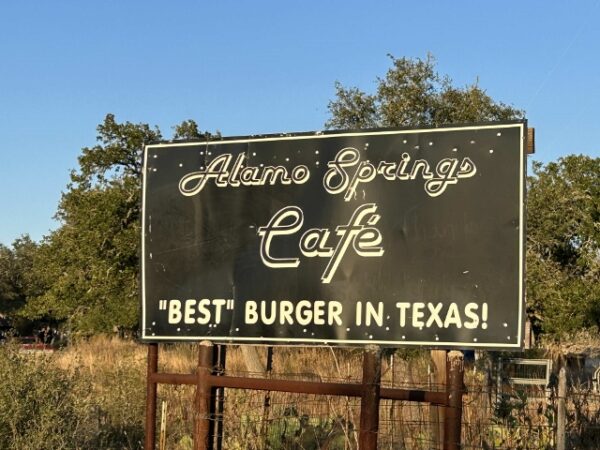
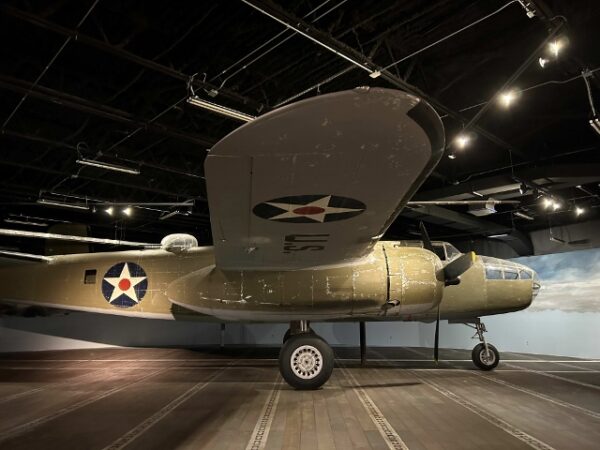
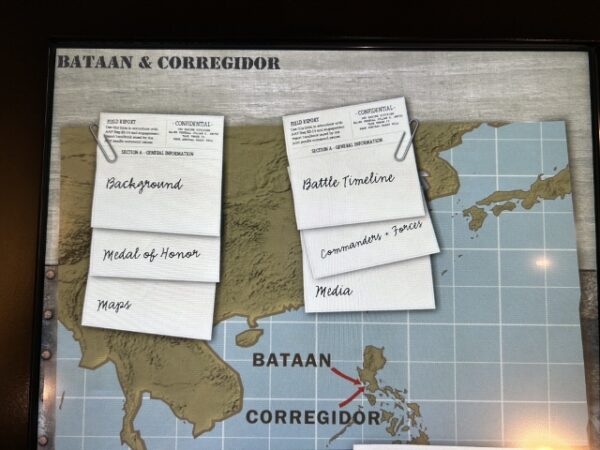
 The population sign, Population 3, often goes missing, stolen by tourists wanting more than a picture to remind them of their visit. Leave the sign in place and buy your souvenirs from the general store, please.
The population sign, Population 3, often goes missing, stolen by tourists wanting more than a picture to remind them of their visit. Leave the sign in place and buy your souvenirs from the general store, please.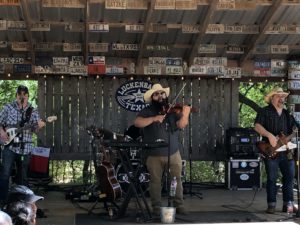 I’m not sure what I enjoyed more – the music from the fiddler onstage or the diversity of people. Remember, Everybody is somebody in Luckenbach. Our fellow visitors included a septuagenarian couple swing dancing in newly purchased cowboy hats; weekend bikers in leathers and bandana doo-rags, and twenty-something women in Daisy Duke shorts and boots. It’s a relaxed, unpretentious vibe.
I’m not sure what I enjoyed more – the music from the fiddler onstage or the diversity of people. Remember, Everybody is somebody in Luckenbach. Our fellow visitors included a septuagenarian couple swing dancing in newly purchased cowboy hats; weekend bikers in leathers and bandana doo-rags, and twenty-something women in Daisy Duke shorts and boots. It’s a relaxed, unpretentious vibe.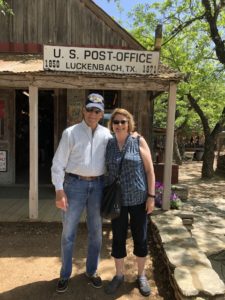 The
The 